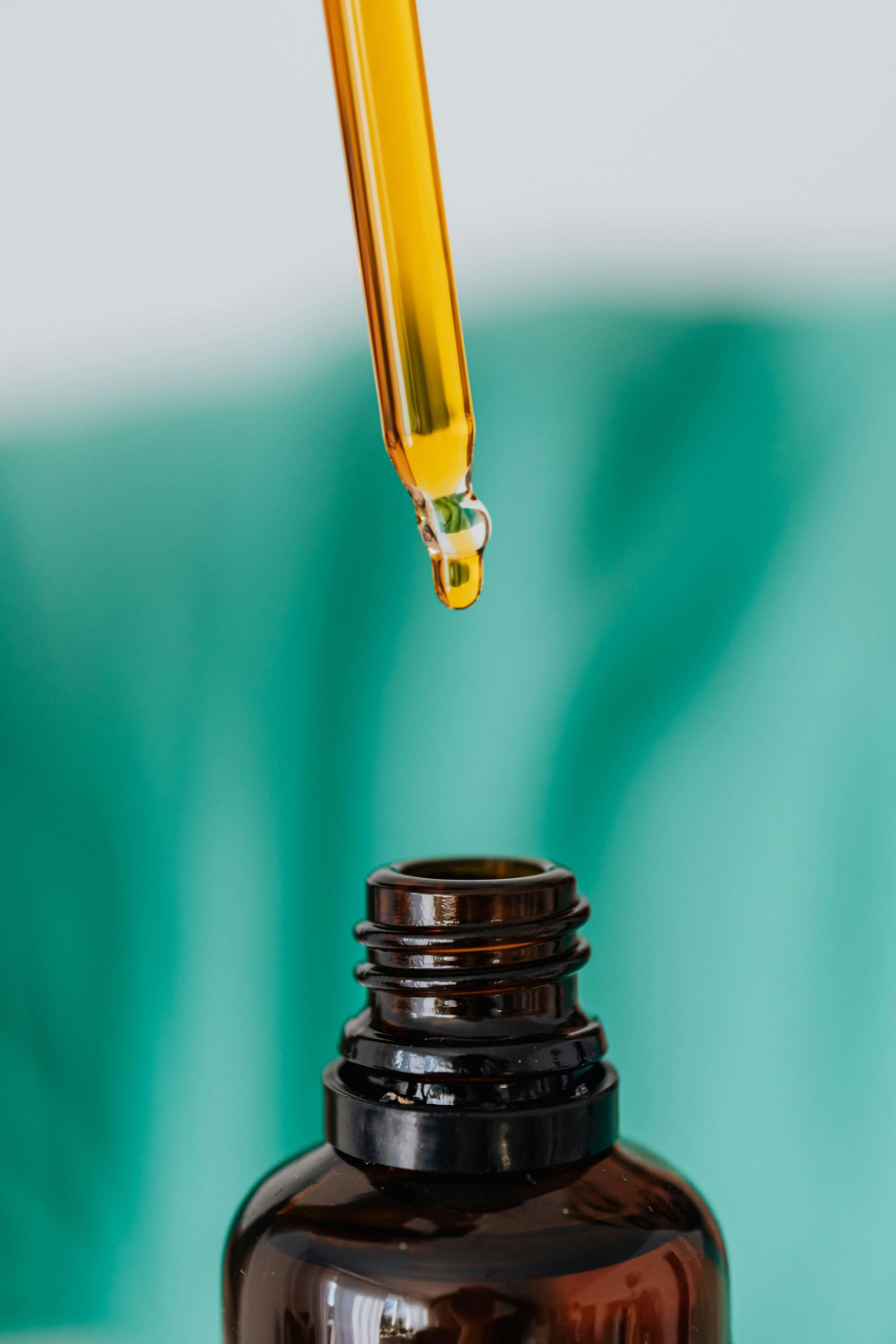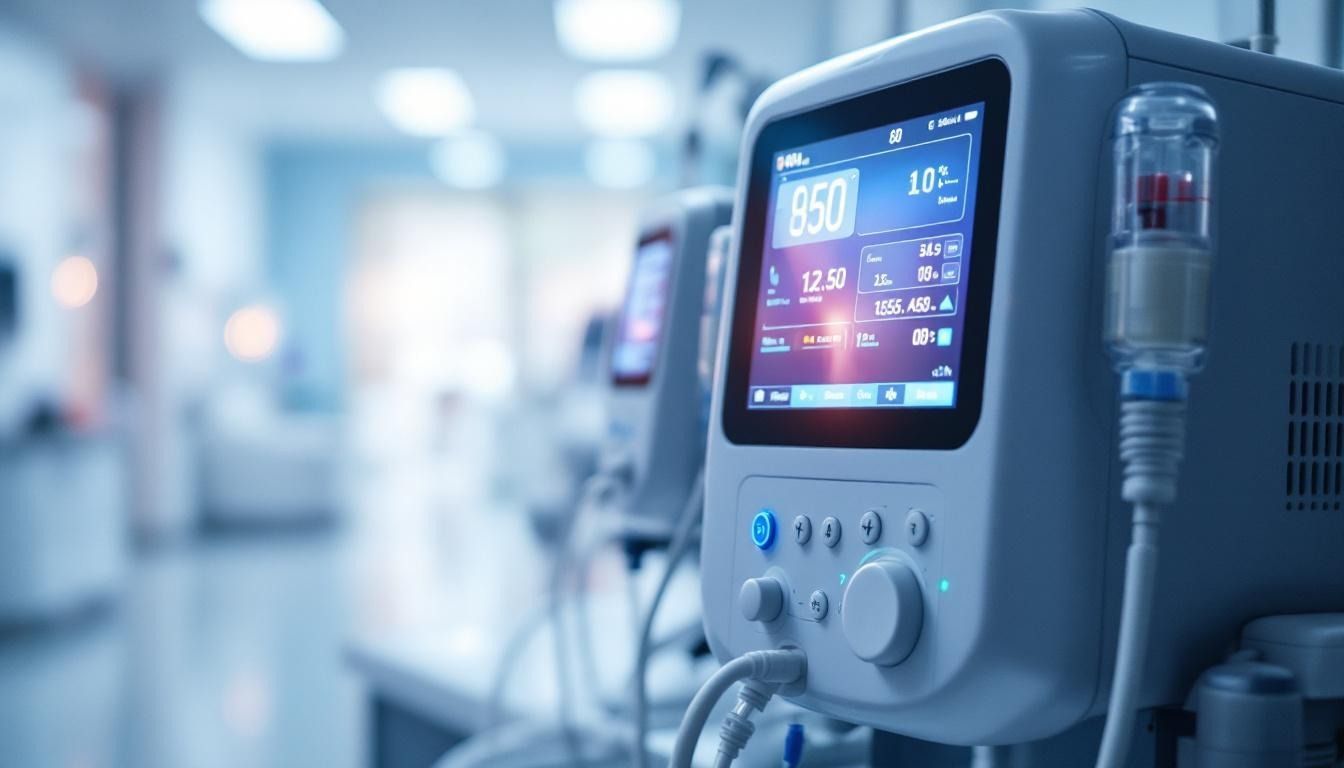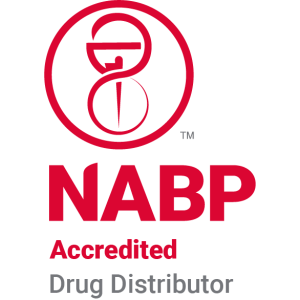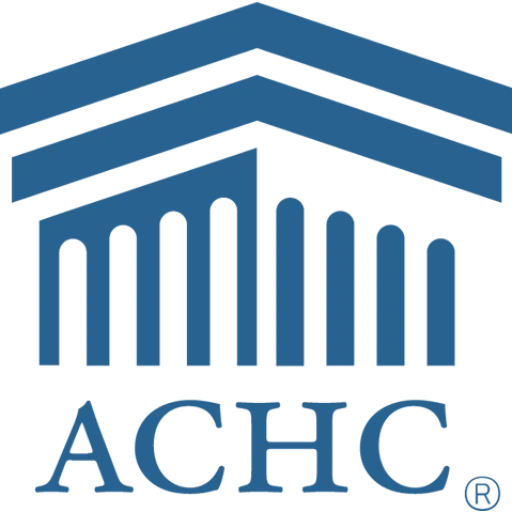Safe handling practices for GLP
Navigating GLP Through Safe Handling Practices
Good Laboratory Practice (GLP) standards are vital for ensuring the reliability and integrity of data generated in non-clinical laboratory studies, key for regulatory submissions. These standards set the framework within which safety assessments for chemicals and pharmaceuticals are conducted, recognizing the critical importance of safe handling practices. This article delves into GLP's core principles, the guidelines for handling test materials, and the standards that ensure lab safety, offering comprehensive insights into maintaining a compliant laboratory environment.
Understanding Good Laboratory Practice (GLP) Standards

What are GLP standards?
Good Laboratory Practice (GLP) standards are a set of rules and guidelines designed to ensure the reliability, integrity, and accuracy of data produced in non-clinical laboratory studies. These standards are essential for safety assessments and regulatory submissions of chemicals and pharmaceuticals.
GLP standards encompass multiple aspects of laboratory operations:
- Qualifications of Personnel : All staff involved must have adequate training and experience to ensure competent handling of test substances.
- Laboratory Environment : Facilities must be appropriately designed to avoid contamination and ensure that studies yield valid results.
- Equipment Maintenance : All equipment must be regularly inspected, calibrated, and maintained to guarantee precise data collection.
- Standard Operating Procedures (SOPs) : Each operation in the laboratory must follow well-documented SOPs that are approved by the study director.
Role in regulatory submissions
Compliance with GLP is often a legal necessity for the approval of new chemicals and pharmaceuticals, facilitating acceptance by international regulatory authorities such as the FDA and EPA. These guidelines help ensure that the data submitted is of high quality, which is imperative for regulatory review processes, ensuring public safety.
Components ensuring data integrity
The integrity of GLP-compliant studies is bolstered through:
- Quality Assurance (QA) : An independent unit monitors adherence to GLP regulations throughout the study.
- Documentation : Comprehensive records of procedures, results, and any deviations from the plans are crucial.
- Audits and Inspections : Regular internal and external inspections are performed to validate compliance and adjust practices as needed.
Adhering to GLP standards establishes a robust foundation for reliable, reproducible results, thereby supporting the safety and efficacy of pharmaceuticals and chemicals.
Crucial Role of Protocols in GLP Compliance

What is a protocol in GLP and why is it important?
A protocol in Good Laboratory Practice (GLP) serves as a comprehensive guide that outlines how a study should be conducted. It details the methods, materials, timelines, and procedures necessary to ensure integrity and compliance with GLP standards. This document is foundational for non-clinical laboratory studies, especially in the safety testing of chemicals, pharmaceuticals, and other products.
Key components of a GLP protocol include:
- Selection of Test Systems : Specifies the test organisms or models used.
- Justification for Methods : Provides rationale for the choice of specific methodologies.
- Dose Levels and Routes : Outlines the dosages administered and the methods of administration.
- Analysis Measurements : Details what measurements will be analyzed to assess safety and effectiveness.
Adhering to the protocol is essential for maintaining data integrity and achieving reliable results. This reliability supports trustworthy clinical health and safety decisions. Moreover, compliance with GLP protocols is critical for regulatory submissions, including those required by the FDA for research or marketing permits, making them pivotal in the drug approval process. By ensuring all aspects of the study are well-documented and reproducible, protocols enhance accountability and transparency in laboratory practices.
Principles of Good Documentation Practices in GLP

What are the principles of good documentation practices in GLP?
Good Laboratory Practice (GLP) emphasizes stringent documentation to ensure the integrity of study data. The key principles for effective documentation practices within GLP include:
- Legibility - All documents must be clearly written and easy to read to avoid misunderstandings.
- Traceability - Documentation should allow for tracking back to the original sources within the study, enhancing accountability.
- Accuracy - Information must be error-free and reflect true findings to maintain reliability.
- Completeness - Every detail of the study should be recorded, capturing all necessary information relevant to the research.
- Timeliness - Records should be created and updated promptly, aligning with data entry timelines. This aligns with the ALCOA principles—Attributable, Legible, Contemporaneous, Original, and Accurate.
- Proper Archiving - Implementing a robust archival system is critical for long-term compliance and data retention.
Importance for compliance and data integrity
Adhering to these documentation principles in GLP is not merely a regulatory requirement but a fundamental practice for maintaining data integrity. Accurate and comprehensive documentation:
- Facilitates regulatory submissions , providing essential information required by agencies like the FDA and EPA.
- Supports study reproducibility , allowing for verification and validation of results by third parties.
- Enhances internal audits , where quality assurance units can review compliance and rectify issues that may arise.
- Guarantees that all data remains accessible and retrievable, which is vital for any future reviews or inspections.
In summary, by implementing effective documentation practices, facilities can uphold the rigorous standards set by GLP, consequently fostering trust and confidence in the data produced.
Fundamental Points of GLP for Consistent Safety

What are the five fundamental points of GLP?
The five fundamental points of Good Laboratory Practice (GLP) include:
- Documentation : Adherence to precise documentation standards is essential for clarity and accuracy in laboratory practices.
- Sampling : Detailed procedures for sampling should be outlined within a standard operating procedure (SOP) to maintain consistency.
- Testing : It's critical to follow rigorous and standardized testing processes throughout studies to ensure reliability.
- Ongoing stability program : Implementing systems to monitor product stability over time upholds research integrity.
- Technical transfer of testing methods : Clearly defined processes are necessary for effectively transferring testing methodologies between laboratories or sites.
Core components of GLP
The core components of GLP emphasize quality assurance and systematic documentation. Each laboratory must have well-documented standard operating procedures (SOPs) covering all aspects of laboratory operations. This includes equipment maintenance, data management, and personnel qualifications, which guarantee that practices are consistently and accurately executed. Furthermore, equipment used in GLP-compliant studies must be properly calibrated and maintained, with all activities duly recorded.
Impact on laboratory reliability and safety
By adhering to GLP standards, laboratories significantly improve their reliability and safety. The structured approach ensures that all test data is trustworthy and reproducible, critical for regulatory submissions. This, in turn, boosts confidence among stakeholders in the safety of pharmaceuticals and other products. Additionally, rigorous training of personnel and regular internal audits help foster a culture of safety, minimizing occupational risks.
Safe Handling and Chemical Management in GLP Labs

SOPs for Handling Test and Control Articles
Standard Operating Procedures (SOPs) are crucial in GLP settings to ensure consistent handling of test and control articles. Each SOP outlines safe methods for receipt, storage, mixing, and disposal of chemicals. By following these documented procedures, laboratories can minimize the risk of contamination and errors that could compromise data integrity.
It is essential that SOPs are widely accessible and thoroughly followed by all personnel. Regular training sessions can help reinforce these practices and ensure that all team members comply with the latest safety protocols. Deviations from SOPs must be approved by the study director to ensure accountability.
Qualification of Personnel and Equipment Maintenance
Personnel involved in GLP studies must possess relevant qualifications, training, and experience. This ensures that they can perform their assigned tasks effectively and maintain laboratory safety. Documentation of training is vital in verifying staff competencies and schedules for refresher courses.
Additionally, all equipment must be routinely maintained and calibrated according to GLP standards. Keeping accurate logs of servicing and inspection records is necessary to ensure that all instruments operate correctly. This systematic approach helps prevent equipment failure, which could lead to inaccurate results.
| Practice | Description | Importance |
|---|---|---|
| SOPs | Detailed procedures for chemical handling | Ensures consistency and safety in laboratory practices |
| Personnel Qualification | Training records and assessments | Guarantees competent handling of potentially hazardous materials |
| Equipment Maintenance | Regular checks and calibrations | Maintains reliability and accuracy of test results |
The Role of Audits and Inspections in GLP Compliance

GLP Inspection Programs
GLP compliance is fortified through rigorous inspection programs established by regulatory authorities like the FDA and EPA. These inspections focus on various aspects of laboratory practices, including the characterization of test and control articles, storage and labeling, and adherence to Standard Operating Procedures (SOPs). Such scrutiny ensures that data generated from non-clinical studies are not only scientifically reliable but also compliant with regulatory standards. Inspections serve as a backbone for reinforcing accountability within testing facilities.
Importance of Quality Assurance Units
Quality Assurance Units (QAUs) play a crucial role in upholding GLP standards. These independent bodies are tasked with monitoring compliance throughout the study, ensuring that all protocols are followed precisely. By conducting regular internal audits and maintaining documentation on deviations, QAUs safeguard study integrity and promote consistent application of GLP principles across testing operations. Their oversight helps in identifying potential issues early on, facilitating timely rectification and reinforcing a culture of quality within the laboratory environment.
Emphasizing the Need for GLP in Safe Laboratory Practices
Safe handling practices under the framework of Good Laboratory Practice (GLP) are not only about compliance but are intrinsic to securing valid data and protecting public health. By adhering to set protocols, maintaining robust documentation, and leveraging frequent audits, laboratories ensure that chemicals and pharmaceuticals are handled safely and efficiently. These practices, combined with appropriate safety measures and personnel training, make GLP standards indispensable to the credibility and reliability of scientific research, facilitating not only regulatory approval but also global safety and trust.
References
- A Guide to Good Laboratory Practice (GLP) - SafetyCulture
- [PDF] Good Laboratory Practice (GLP) 101 – Regulations and Basic Studies
- Good Laboratory Practices Standards Compliance Monitoring ...
- Good Laboratory Practices (GLP): 2024 Guide - Biobide
- [PDF] Good Laboratory Safety Practices
- Good Laboratory Practice and Compliance Monitoring - OECD
- Safe Lab Practices - Environmental Health & Safety - UC Santa Cruz
- Good Laboratory Practices and Safety Assessments - PMC













